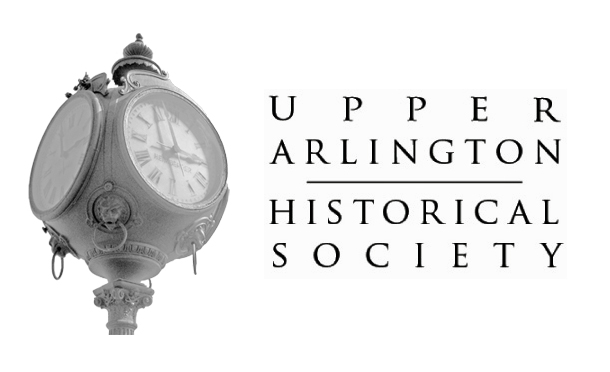Summary:
Historical Restrictions on Property Ownership in Upper Arlington
This three-minute video summarizes a few key findings from our research. Much more is presented in these web pages. Thank you to Warman Productions for donating their time and talents.
It often has been stated that certain groups of people were not allowed to purchase homes in Upper Arlington during the community’s development. In a first-of-its-kind research project, the Upper Arlington Historical Society extensively reviewed the facts to settle the questions below. This summary captures the main points which are further explained starting here in more detail.
Did restrictions on property ownership based on race, ethnicity and/or religion exist and to what extent?
The short answer is yes, there were restrictions on selected properties and subdivisions in specific time frames that determined who could (and could not) purchase those properties.
The restrictive covenants were recorded in individual property deeds.
There were never city-wide restrictions on property ownership.
Upper Arlington’s city government never imposed an ordinance concerning restrictions on property ownership based on race, ethnicity or religion.
When were these restrictions in effect?
For 45 years, from 1926-1971, a number of Upper Arlington property deeds had some form of ownership restrictions.
The earliest properties, deeded between 1914 - mid-1926, have never been subject to such restrictions.
Trends indicate the 1930s and 1940s were the peak decades of exclusion as a significant number of properties were deeded with a restrictive clause, and it became a dominant characteristic of the community.
By the 1950s and 1960s, the number of properties with an enforceable ownership restriction was very small compared to the community as a whole (estimated at less than 2.5% of all current Upper Arlington properties).
What processes existed to create the barrier?
Discriminatory practices in Upper Arlington copied two models from communities across the United States:
A racially-restrictive clause (1926-1948) in individual property deeds. A court ruling deemed this practice unenforceable in 1948.
Required membership in a homeowners association (1948-1971) created by the developer for five UA subdivisions plus approximately 30 outlying properties (roughly bounded by today’s Lane Avenue, Riverside Drive, Farleigh Road and Asbury Road). Approval of the home sale depended upon the potential buyer’s identity. A court ruling ended this practice in 1971.
Who specifically was restricted from owning property?
Written records verify that Blacks were restricted from property ownership.
Racially-restrictive clauses in property deeds forbade those “in whole or in part of the Negro race or blood” from owning property.
The 1971 court case against the homeowners association documents discrimination against Blacks. It remains unknown if ethnicities, religions or other races were affected.
Where within our community did these restrictions exist?
Taking into account Upper Arlington’s expanding boundaries between 1926-1971, UA properties with enforceable restrictions were located primarily south of Zollinger Road.
There have always been properties in Upper Arlington that were free of any ownership restriction based on race, ethnicity and/or religion.
By 1948, racially-restrictive clauses within property deeds, found mostly in properties lying south of Northam Road, were no longer enforceable.
The homeowners association (1948-1971) affected an estimated 350 properties roughly bounded by today’s Lane Avenue, Riverside Drive, Farleigh Road and Asbury Road.
How did these practices come to an end?
Legal rulings effectively ended these restrictive practices. The racially-restrictive clause was found to be unenforceable by a Supreme Court ruling in 1948, and a Franklin County Court of Common Pleas Court ruling disbanded the homeowners association in 1971.
are the restrictions still present (but now illegal to enforce) in current residents’ property deeds?
Yes, depending on the deed. Learn what to look for and how to research an individual property’s deed history here.
